When you’re camping in the Texas Hill Country, it’s not just about s’mores and swimming — it’s about soaking in the natural beauty that surrounds you. From peaceful creeks to dramatic limestone cliffs, the landscape is home to a wide variety of native wildlife. Whether you’re hiking, relaxing at Camp Fimfo Texas Hill Country, or just enjoying your morning coffee on the cabin porch, you never know what you might spot. Keep reading to learn more about the natural wonders and Texas Hill Country wildlife that await.

History of the Texas Hill Country
The Texas Hill Country is a unique geological region shaped by ancient seas, shifting plates, and the gradual erosion of limestone over millions of years. This rugged, hilly terrain stretches from Austin to San Antonio and is dotted with springs, rivers, and canyons. Thanks to its location between several major ecological zones, the area is one of the most biodiverse in the state — and it's become a haven for animals and plant life alike. Camping in Texas Hill Country gives you a front-row seat to nature’s show.
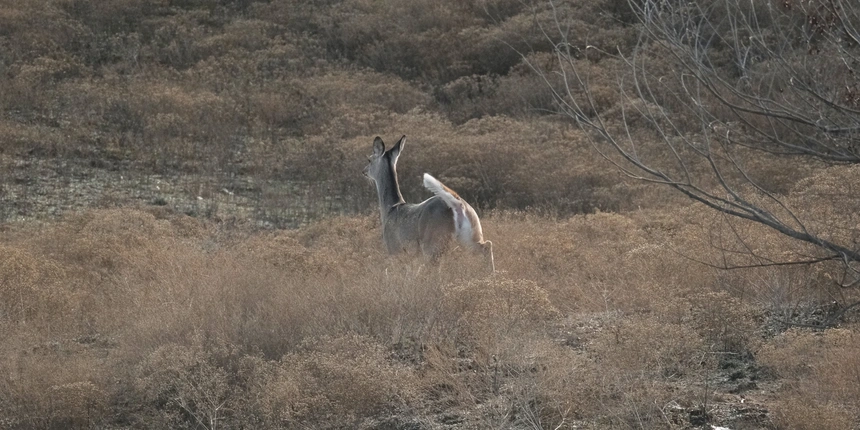
Mammals
Keep your eyes peeled for white-tailed deer, one of the most common mammals in the region — especially around dawn and dusk. Other native animals include raccoons, armadillos, gray foxes, and even the occasional ringtail (a shy, cat-like creature often spotted in rocky areas). If you’re lucky — and quiet — you might even spot a wild boar or bobcat from a safe distance. Just remember, as tempting as it might be to approach these creatures, the best rule of thumb at our Texas Hill Country campground is to admire wildlife from afar.
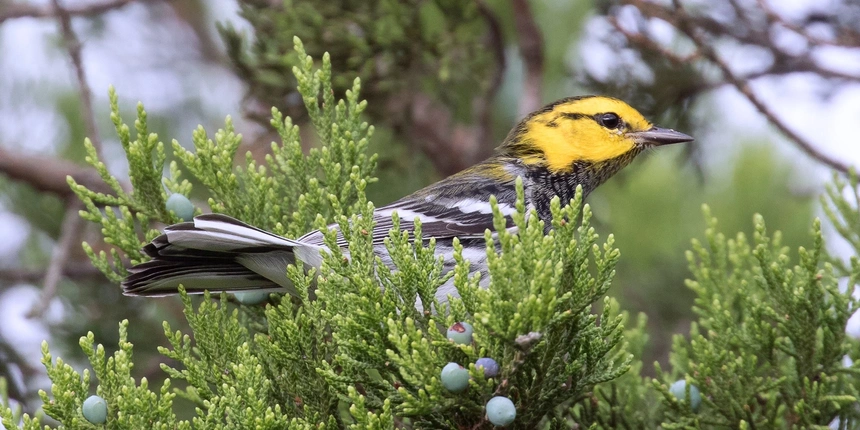
Birds
Calling all birders! More than 400 bird species can be found throughout the Hill Country over the course of the year. The region is especially famous for hosting two rare species: the endangered Golden-cheeked Warbler and the Black-capped Vireo. You may also spot hawks soaring overhead, painted buntings showing off their bright colors, and wild turkeys strolling across trails. Don’t forget to bring binoculars — and a good zoom lens!
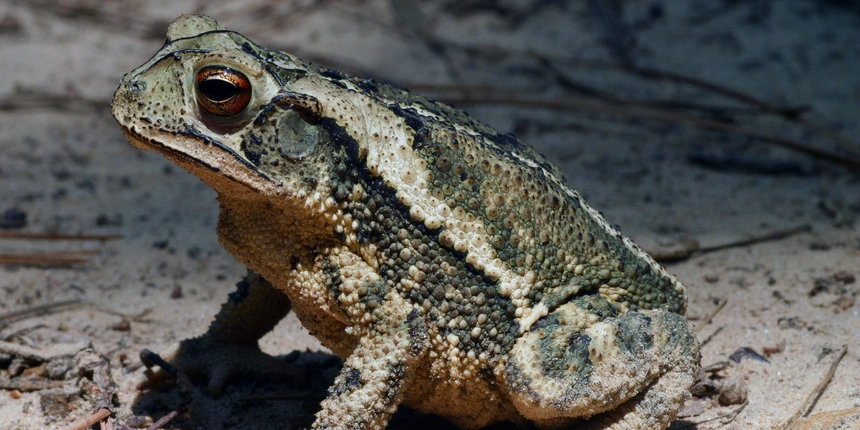
Amphibians
Thanks to the region’s many creeks and springs, amphibians thrive in the Texas Hill Country. While camping, you may hear the calls of Rio Grande leopard frogs or Gulf Coast toads. Salamanders, including the elusive Barton Springs Salamander, are typically found in spring-fed pools and cool, shady spots near water. If you're exploring after a rainstorm, you might just catch a few hopping by.
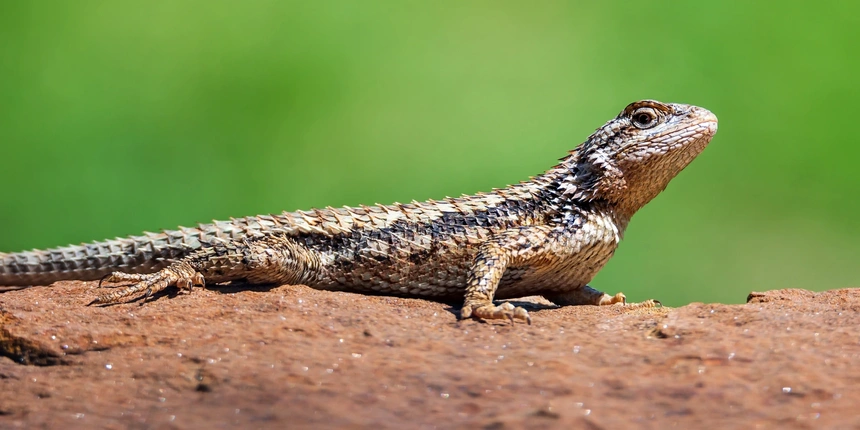
Reptiles
From sunbathing lizards to slow-moving turtles, reptiles are a big part of Texas Hill Country wildlife. Most are harmless — like the Texas spiny lizard or red-eared slider — but it’s always smart to stay aware of your surroundings. The region is home to a few venomous snakes, including the western diamondback rattlesnake and copperhead. These snakes typically avoid human contact, so give them space and stick to marked trails while exploring the area.
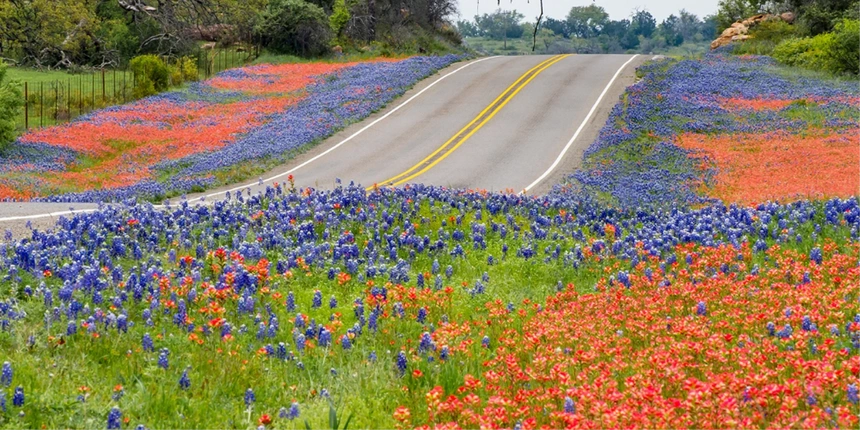
Plant Life
The Hill Country blooms with life throughout the year. Wildflowers like bluebonnets, Indian paintbrushes, and firewheels fill the landscape in spring. Prickly pear cactus, juniper trees, and live oaks are also common and give the area its distinct character. Whether you’re walking the riverside or hiking up rocky terrain, the native flora adds beauty (and shade) to every outdoor adventure.
Clearly, the Texas Hill Country is more than just a place to camp — it’s a vibrant natural world waiting to be discovered. Book your stay at Camp Fimfo Texas Hill Country, a Texas Hill Country campground that puts you right in the heart of it all. You might see deer grazing near your cabin or hear owls hooting at night from the comfort of your campsite. Whether you’re hiking, floating the river, or relaxing under the stars, you’re sure to experience the magic of Texas Hill Country camping and wildlife up close.

